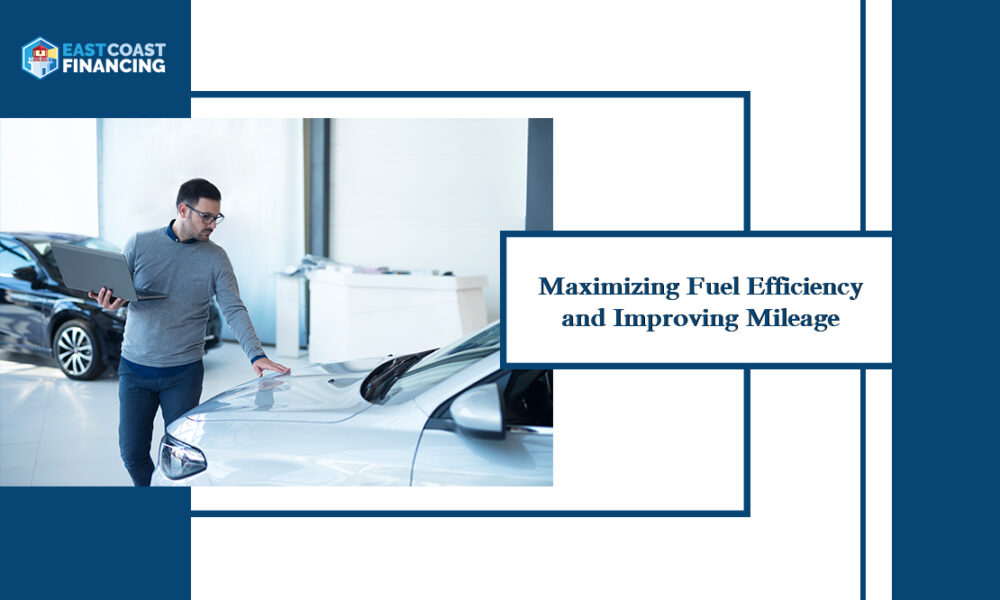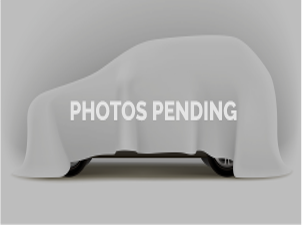12 Tips for Maximizing Fuel Efficiency and Improving Mileage

Fuel-efficient driving can help you save hundreds of dollars in gas every year. It also prevents wear and tear of your vehicle and increases road safety. Check out these twelve techniques to lower your vehicle’s fuel consumption and increase mileage.
1. Drive Slower
The golden rule to get better mileage and improve fuel efficiency is to take your foot off the pedal. Hard acceleration costs around 20% of your gas mileage.
2. Keep the Proper Tires Pressure
When your tires are under-inflated, the resistance increases, burning more fuel. Check the tire pressure once a month to keep them at the proper pressure even when the temperature changes.
3. Keep the Hose in Your Tank Until the Pump Shuts Off
Keeping the hose in the tank allows fuel from the nozzle to get into your car without wasting any. Any extra gas will give you more mileage. Plus, it will help prevent gas from spilling out of the tank.
4. Don’t Let the Vehicle Idle
Idling consumes around half a gallon of gas every hour. Compared to older models, today’s car engines are designed to consume less fuel when you turn off and restart your car. So, it’s okay to turn off the engine instead of idling it. And, to warm the engine, don’t rev it. Instead, drive. Engines work harder under load and burn more fuel while accelerating.
5. Use Cruise Control
When appropriate, driving on cruise control can help you save up to 6% in fuel consumption, especially on the highways. For long drives, make use of that feature.
6. Change the Air Filter Regularly
Changing the air filter regularly as per the owner’s manual helps you get better mileage. Change it often, especially if you drive in dusty conditions.
7. Regular Engine Check-Ups
Periodic engine check-ups can help you identify any troubles with the spark plug, fuel filter, oxygen sensor, and other parts under the hood. During the engine check-up, get the battery cables cleaned. Corroded battery cables make the alternator work harder, thereby using more gas.
8. Drive in the Highest Gear without Revving the Engine
When you drive at 60 km/h in the third gear, your vehicle uses 25% more fuel than it would at the same speed in the fifth gear. Travelling at high speeds in low gears consumes up to 45% more fuel.
9. Think Ahead and Drive Smoothly
By avoiding heavy braking and light throttling, you improve the fuel efficiency of your vehicle and reduce wear and tear. Proper driving techniques can increase fuel efficiency by as much as 30%.
10. Reduce the Load
Before you head out on a road trip, make sure to remove anything that you don’t need. Remove cycle racks if not required as they create wind drag. With a lighter load, you will have lower fuel consumption. Even an extra 100 pounds in the trunk can reduce the fuel economy by 1% to 2%.
11. Choose the Right Octane Gas and Motor Oil
Using the recommended grade of motor oil increases gas mileage, and the same goes for octane gas. Refer to the owner’s manual to find the right octane gas and motor oil for your vehicle.
12. Do Not Rest Your Left Foot on the Brake Pedal While Driving
Some drivers have the habit of leaving their left foot on the brake pedal. Doing so puts a mechanical drag on the components, wearing them down prematurely. The engine has to pump additional fuel to overcome this drag which burns more gas.
These twelve tips can help increase the fuel efficiency of your vehicle, helping you save hundreds of dollars on gas.
Finally, reach out to East Coast Financing if you’re in the market for used cars in Halifax, Newfoundland, Nova Scotia, or PEI. With dozens of models, we can help you find the best used cars for the best prices. You can also check out our auto finance calculator to find the right car loan to complete the purchase.
Get a no-obligation assessment of your trade-in value below, or fill out this form to talk with one of our agents about your financing options:

